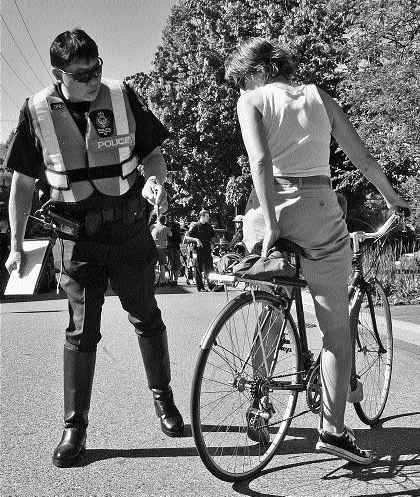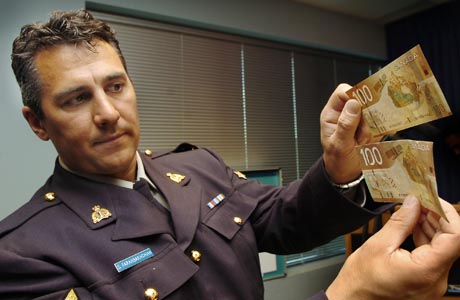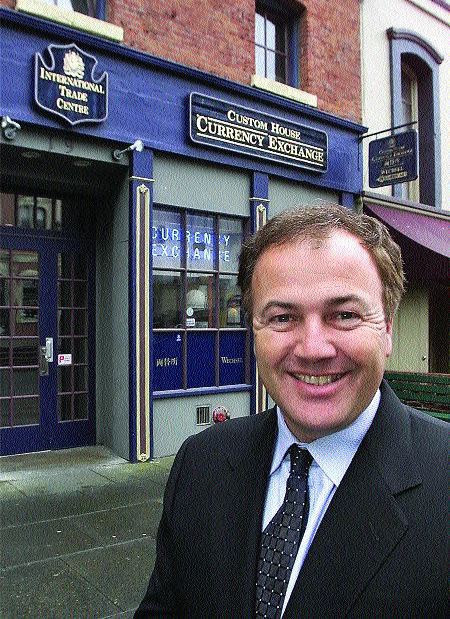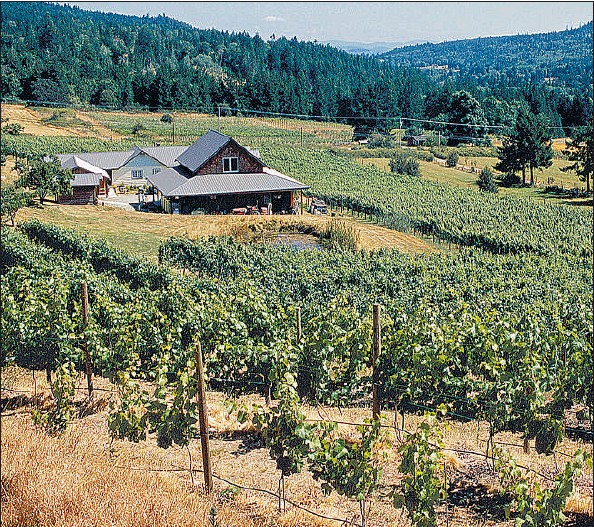Craig McInnes
Sun

Pension changes include a carrot to continue working beyond 65 and a stick to discourage retiring at 60. Photograph by: Glenn Baglo, Vancouver Sun
Has the rally in the stock markets rekindled your dream of early retirement?
If so, you may not be happy with the proposed changes announced with little fanfare this week to the Canada Pension Plan.
According to the information paper released by the federal and provincial ministers of finance at their spring meeting at Meech Lake, the new rules are designed to “better reflect the way Canadians live, work and retire.”
It appears, however, that rather than reflecting work habits, the changes are designed to change them by adding carrots for working past 65 and a stick to discourage retiring early.
These changes won’t affect people who are already retired and would be phased in starting in 2011. Before they can take effect, they have to be approved by Parliament and two thirds of the provinces with two-thirds of the population, not including Quebec, which has its own pension plan.
The changes come out of the review of the CPP held every three years. Even though they will affect most Canadians, they didn’t get much attention at first because they were released the same day that Finance Minister Jim Flaherty revealed that the budget deficit was heading for the moon.
The good news is that despite recent investment losses — $23.8 billion in the last fiscal year — the CPP is still in good shape based on the current mandatory contribution rate of 9.9 per cent of pensionable earnings, which is split equally between employers and employees. The current maximum pension available at 65 is about $910 a month.
Under existing rules, you can start drawing at 60, but you lose half a percentage point a month for each month you retire before your 65th birthday.
If you retire when you turn 60, you will get 30-per-cent less than if you wait until you are 65. You also have to quit working for at least two months.
If you start working again after that, however, neither you nor your employer has to continue paying contributions.
Under the new rules, you will no longer have to quit working for two months in order to start collecting benefits. That change could be useful for people who want to throttle back as they approach retirement without quitting altogether.
The stick is that the penalty for early retirement is being increased, from 0.5 per cent per month to 0.6 per cent. That represents a 36-per-cent reduction in the maximum monthly payment if you start collecting at 60.
You and your employer will also have to continue making contributions. That has the benefit of increasing your pension over time and closes what has essentially been a loophole that made it possible to continue working without paying CPP premiums after taking early retirement.
People who continue to work after 65 will be able to continue to make contributions until the age of 70, but contributions will be voluntary.
For workers, that is.
Employers will have no choice but to keep paying if workers choose to do so.
The carrot for working past 65 is that the maximum pension will be increased by 0.7 per cent for each month you continue to work and make contributions.
That is up from the current rate of 0.5 per cent a month.
One change that should benefit many pensioners regardless of when they retire is an increase in the number of low-income years that can be dropped from the calculation of lifetime pensionable earnings.
© Copyright (c) The Vancouver Sun








